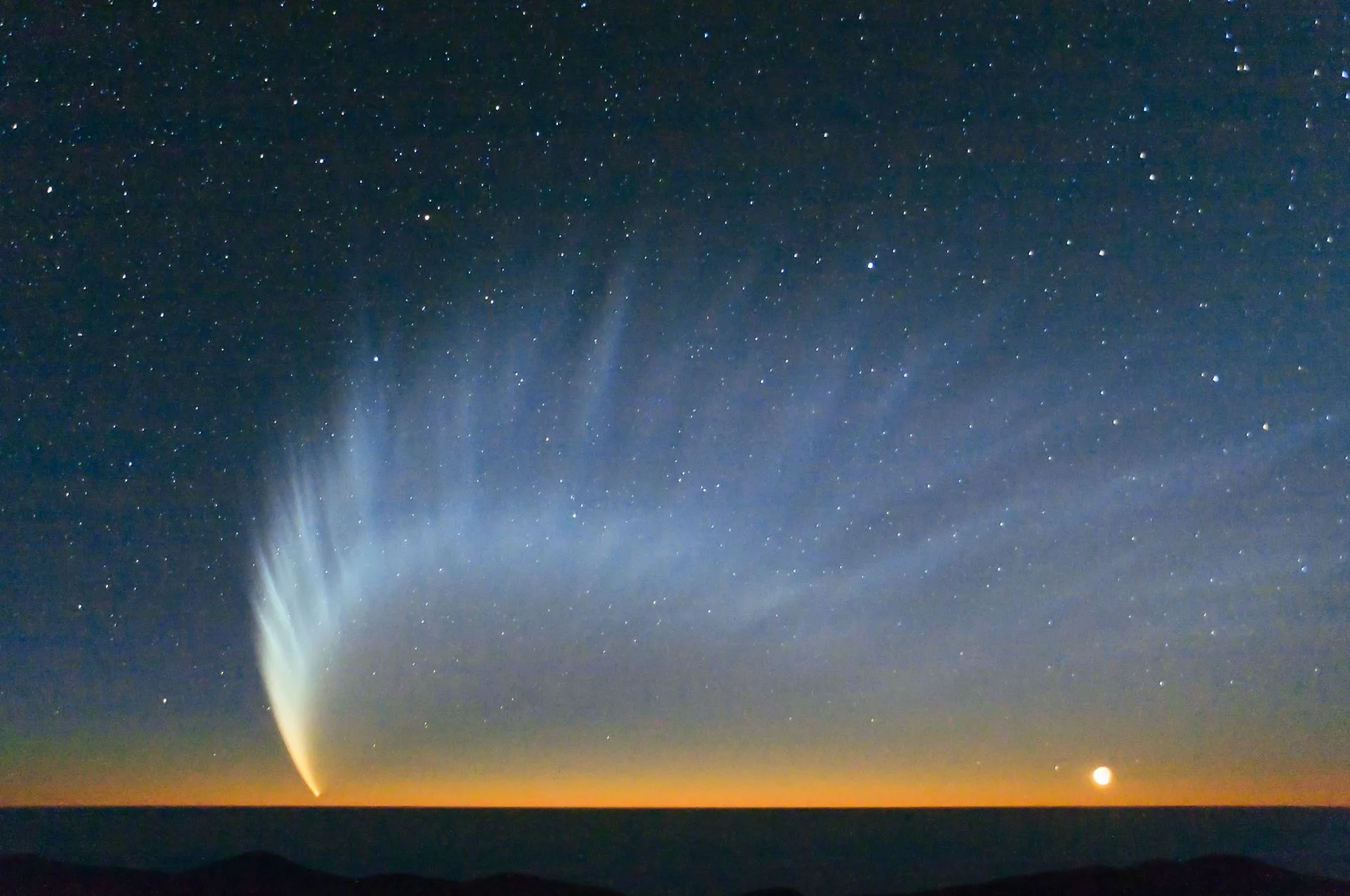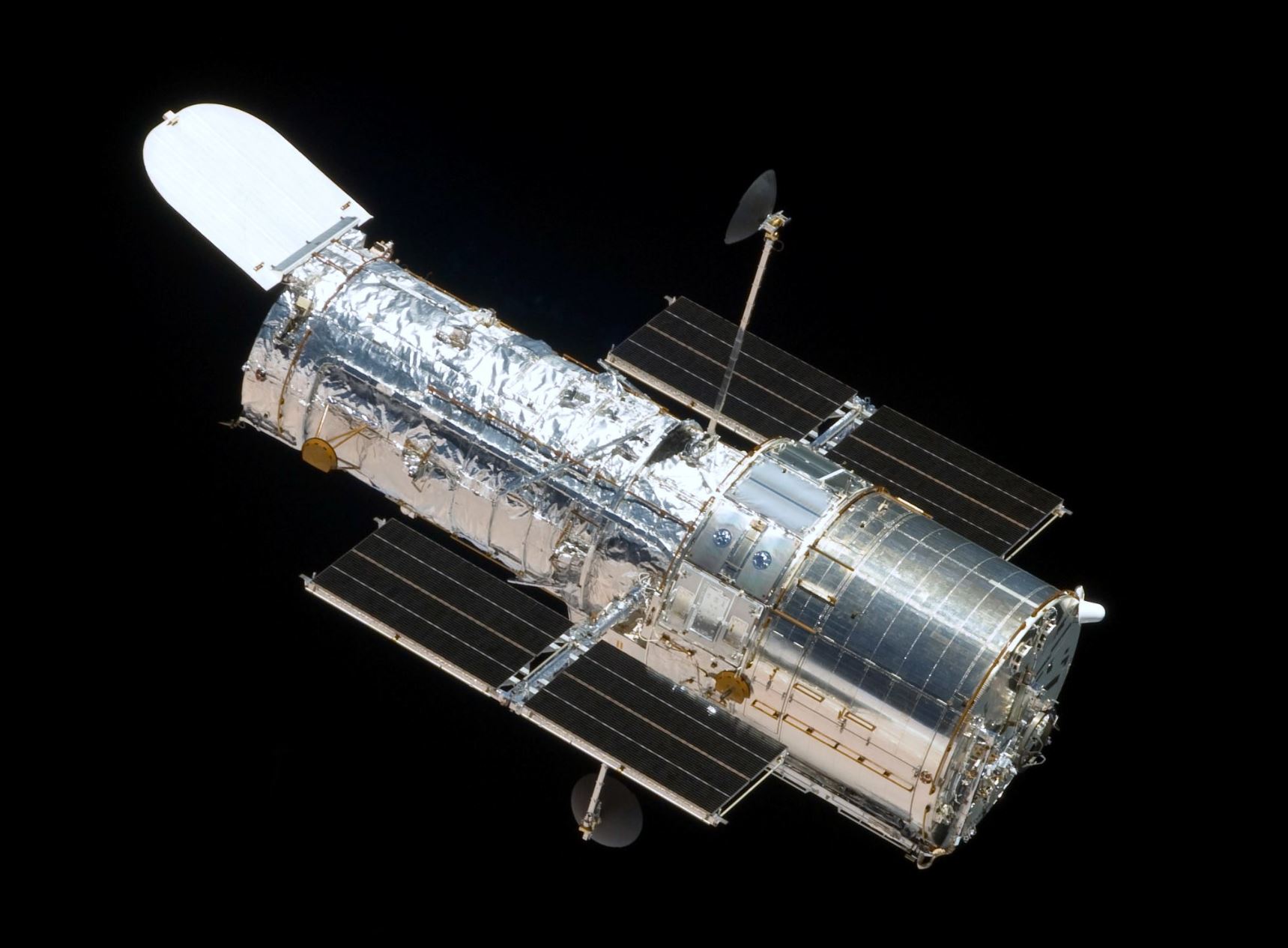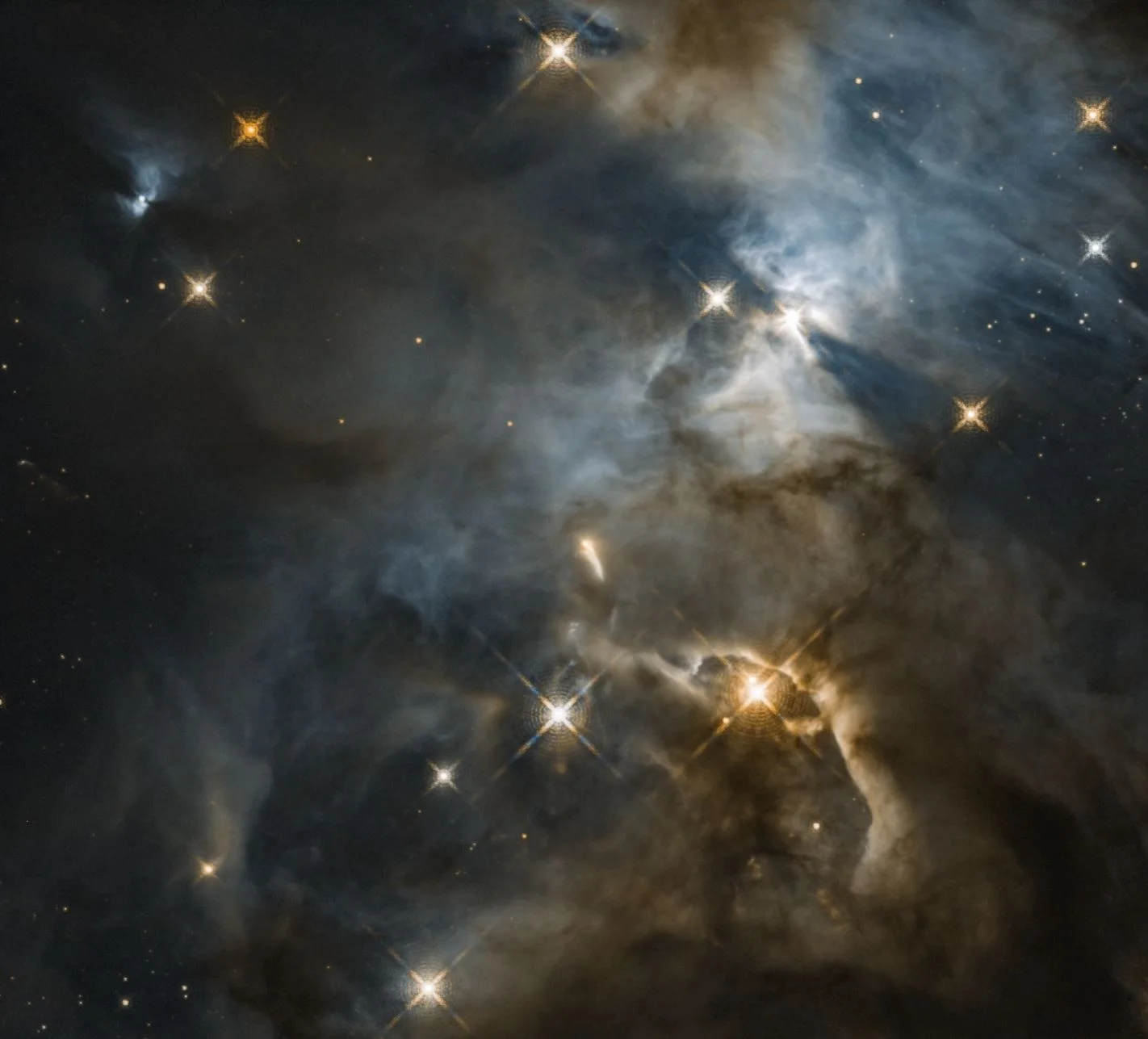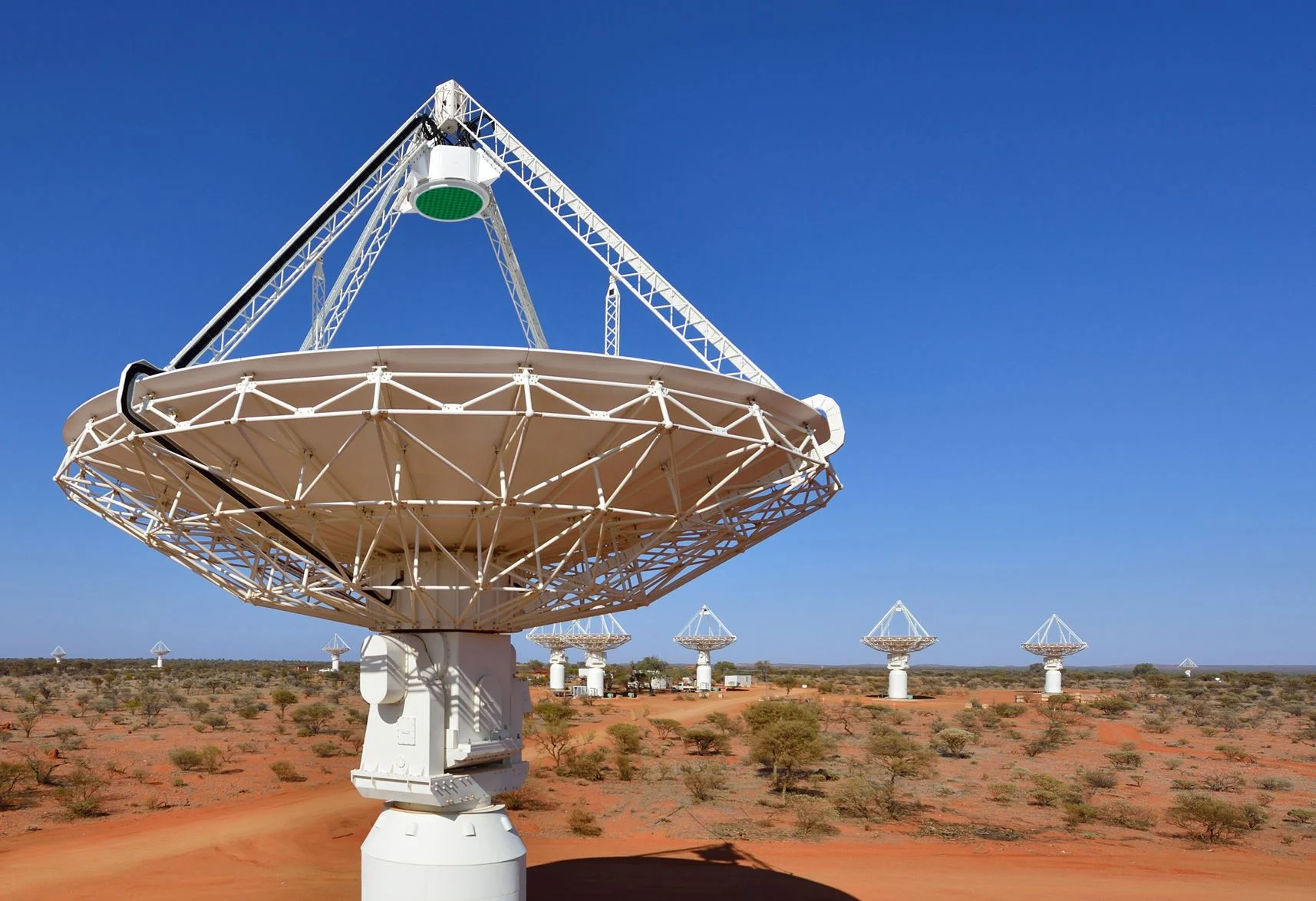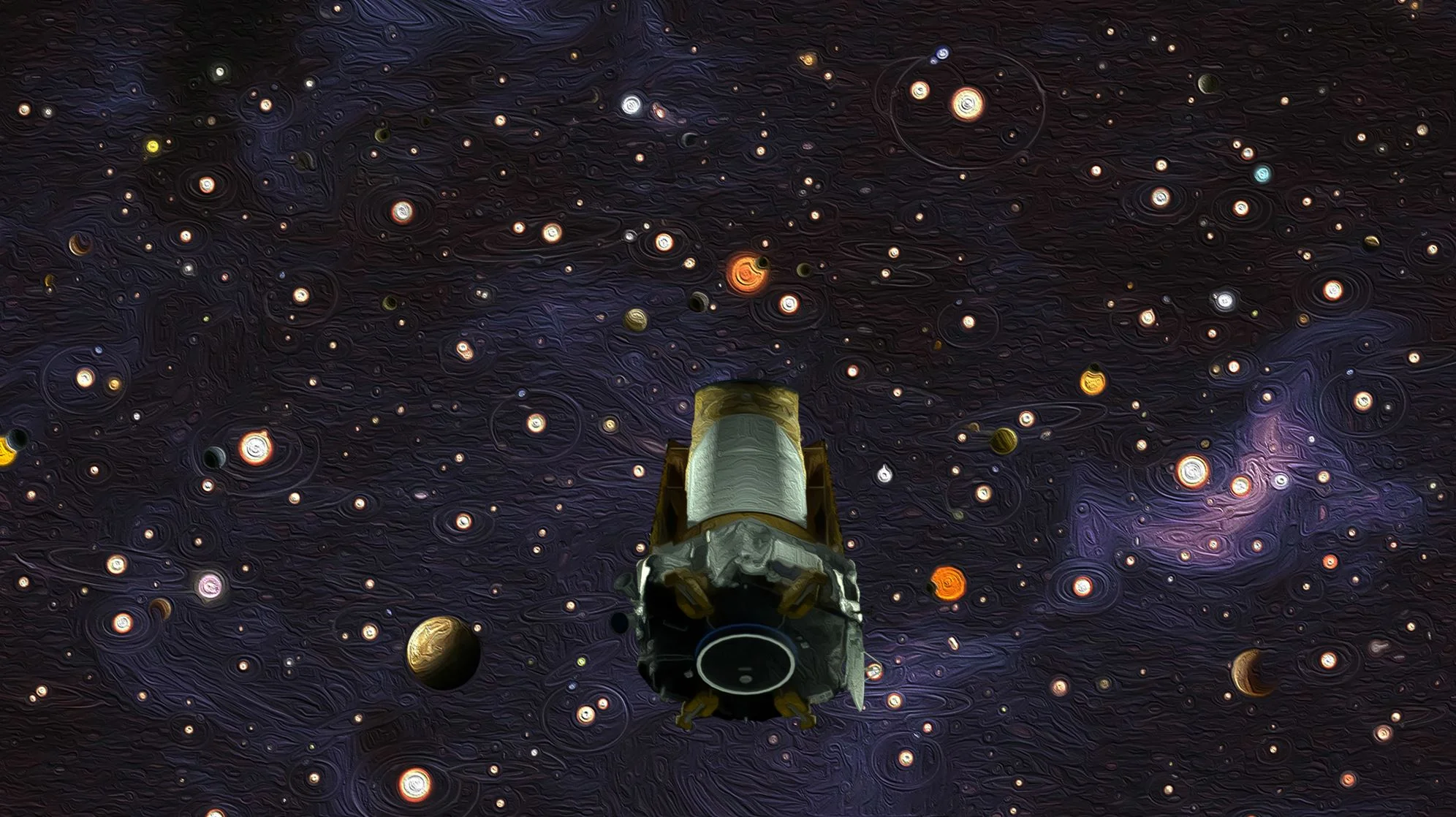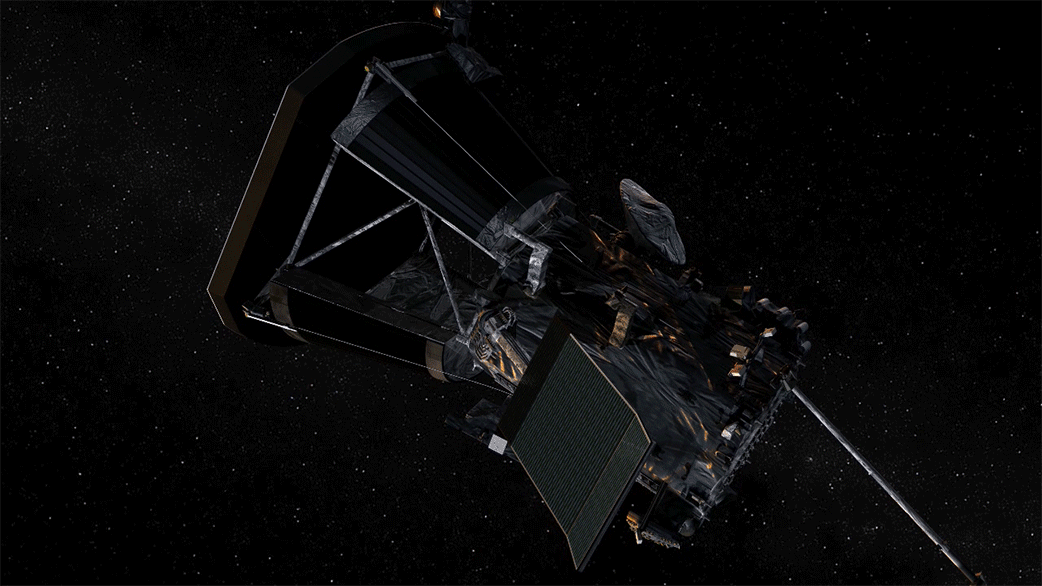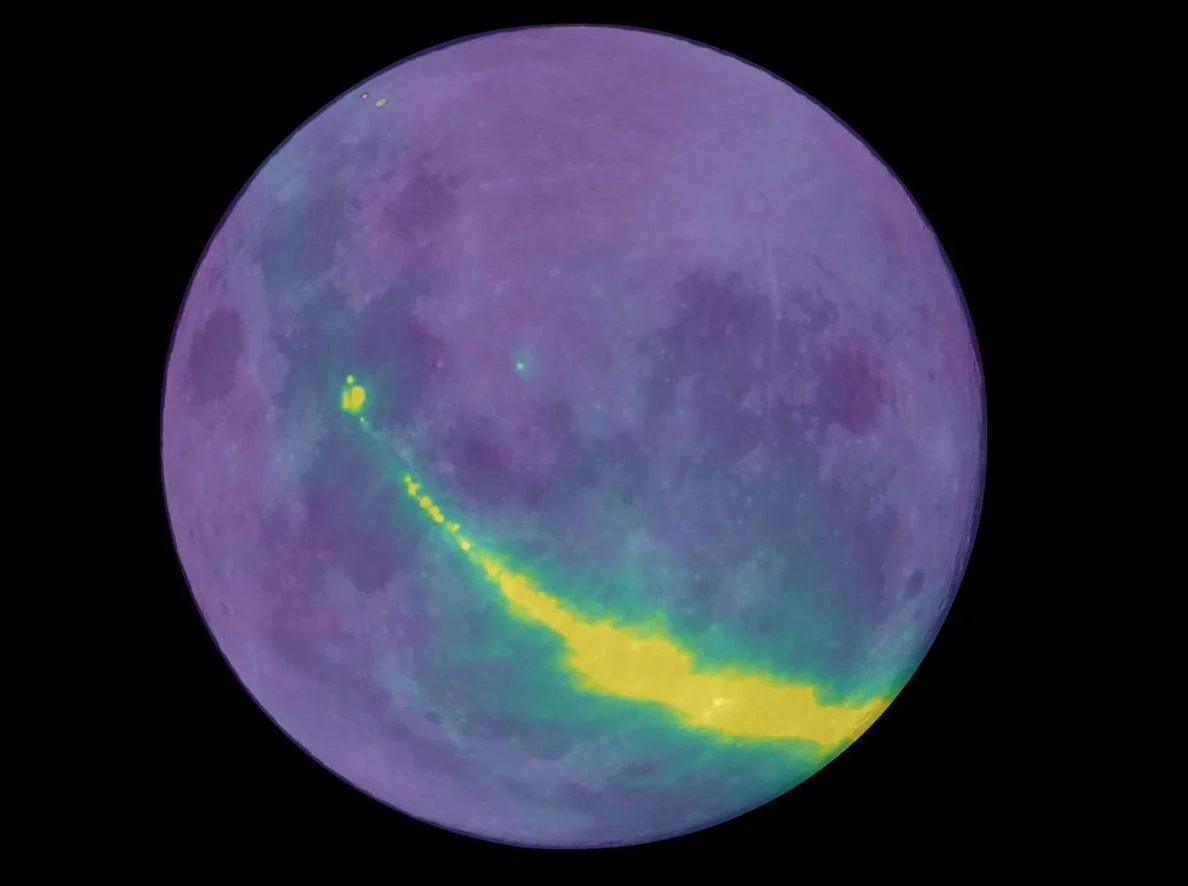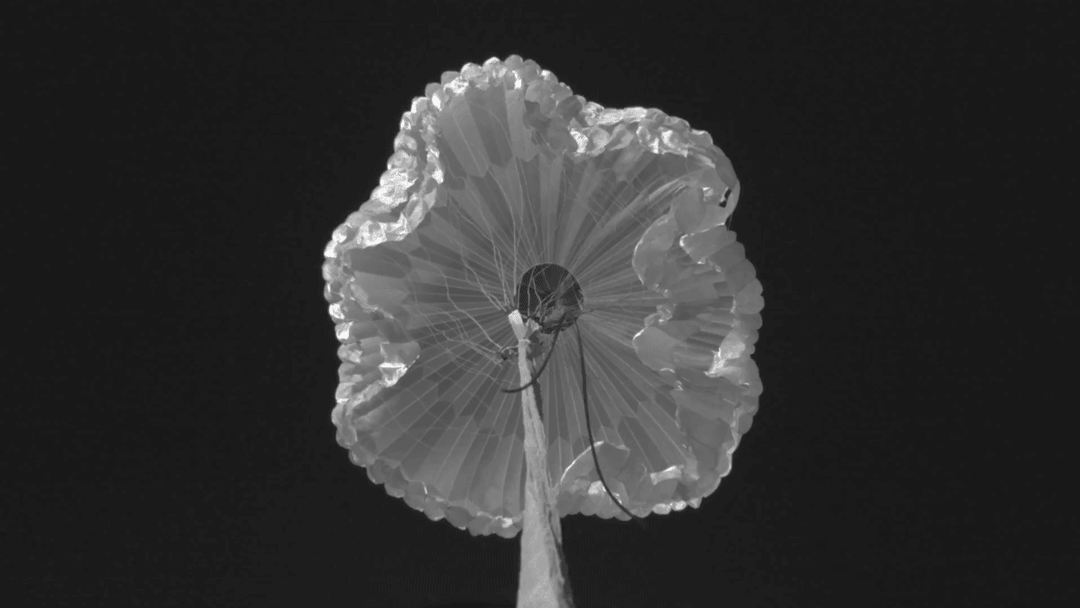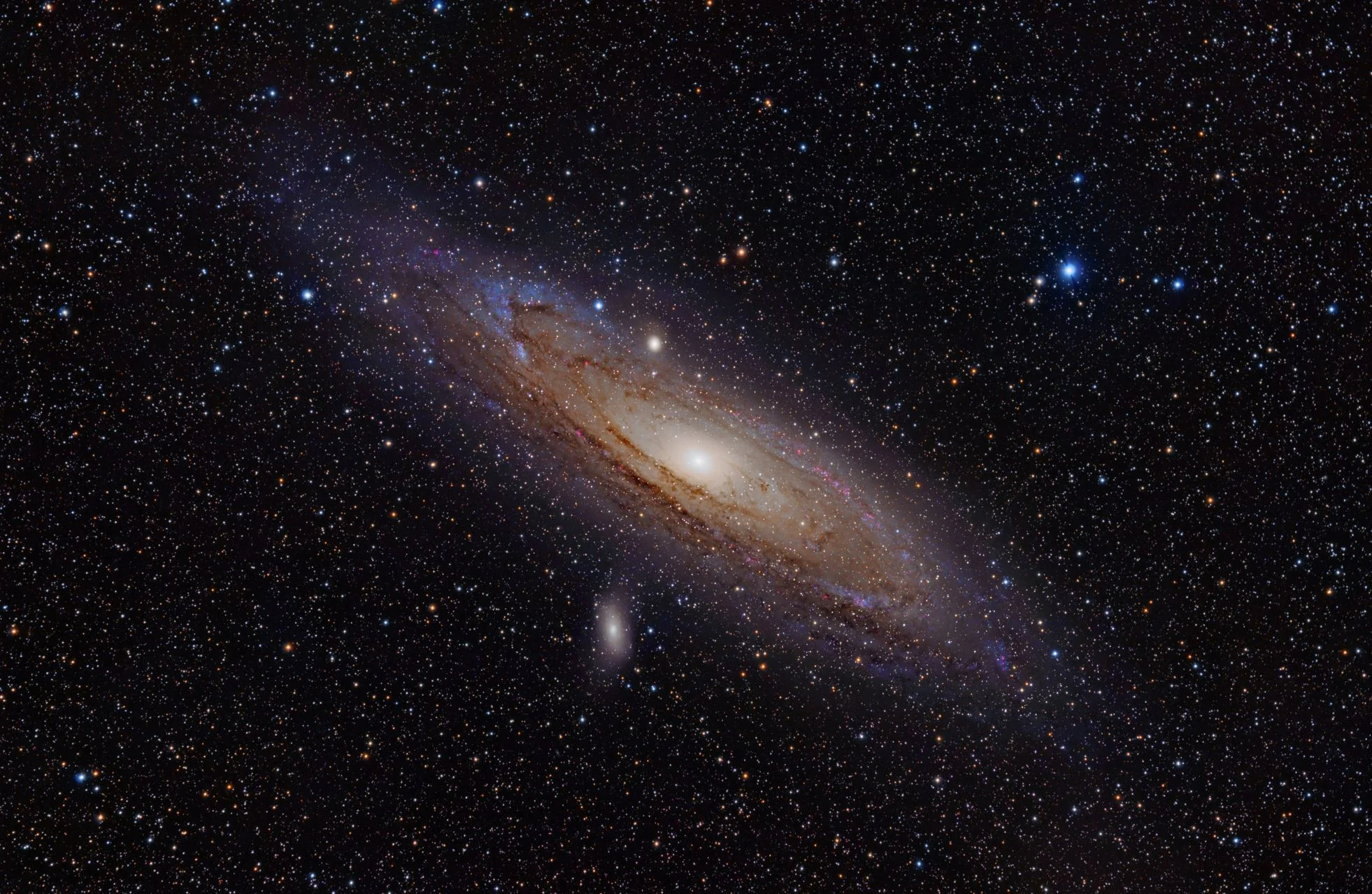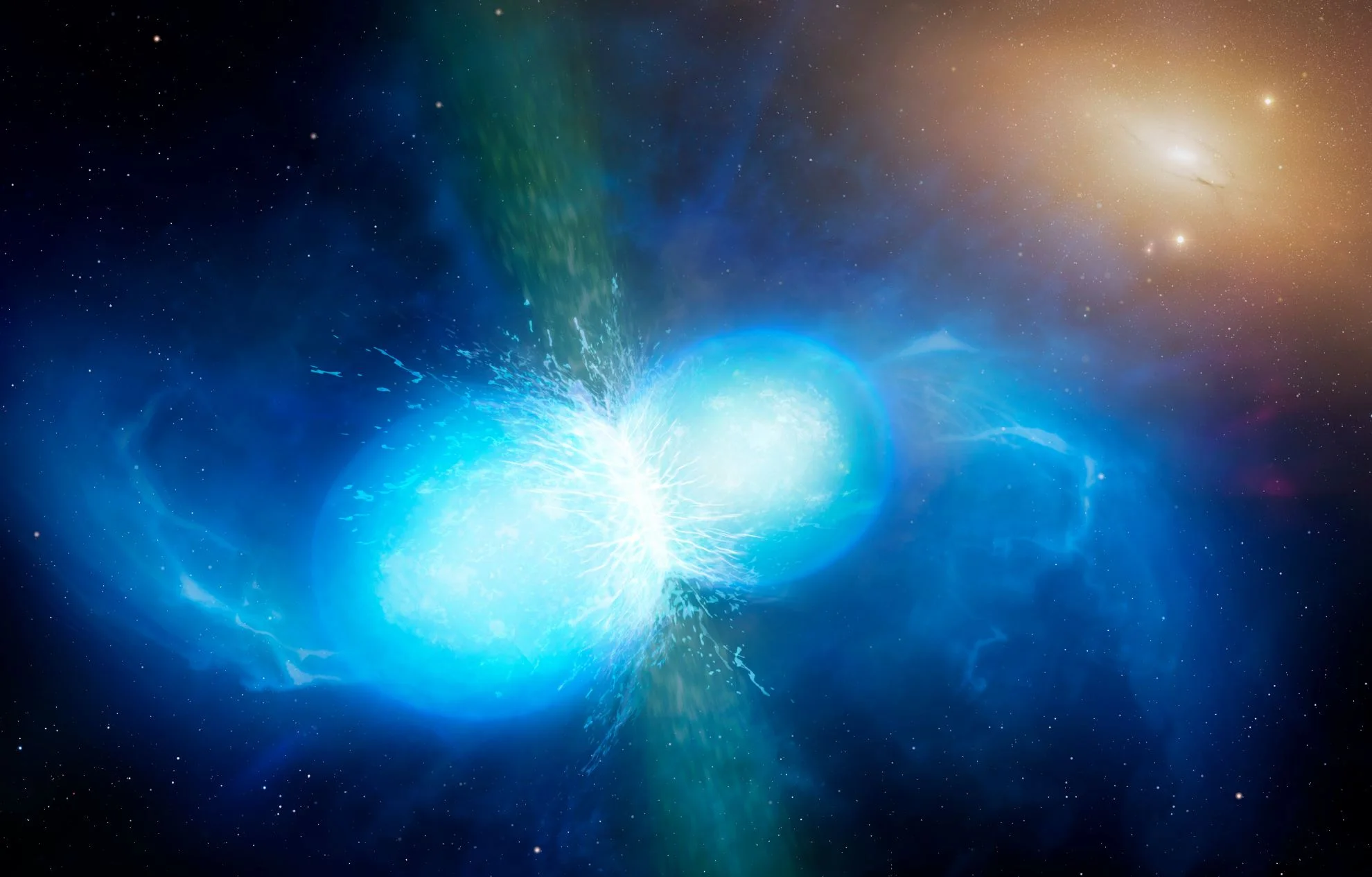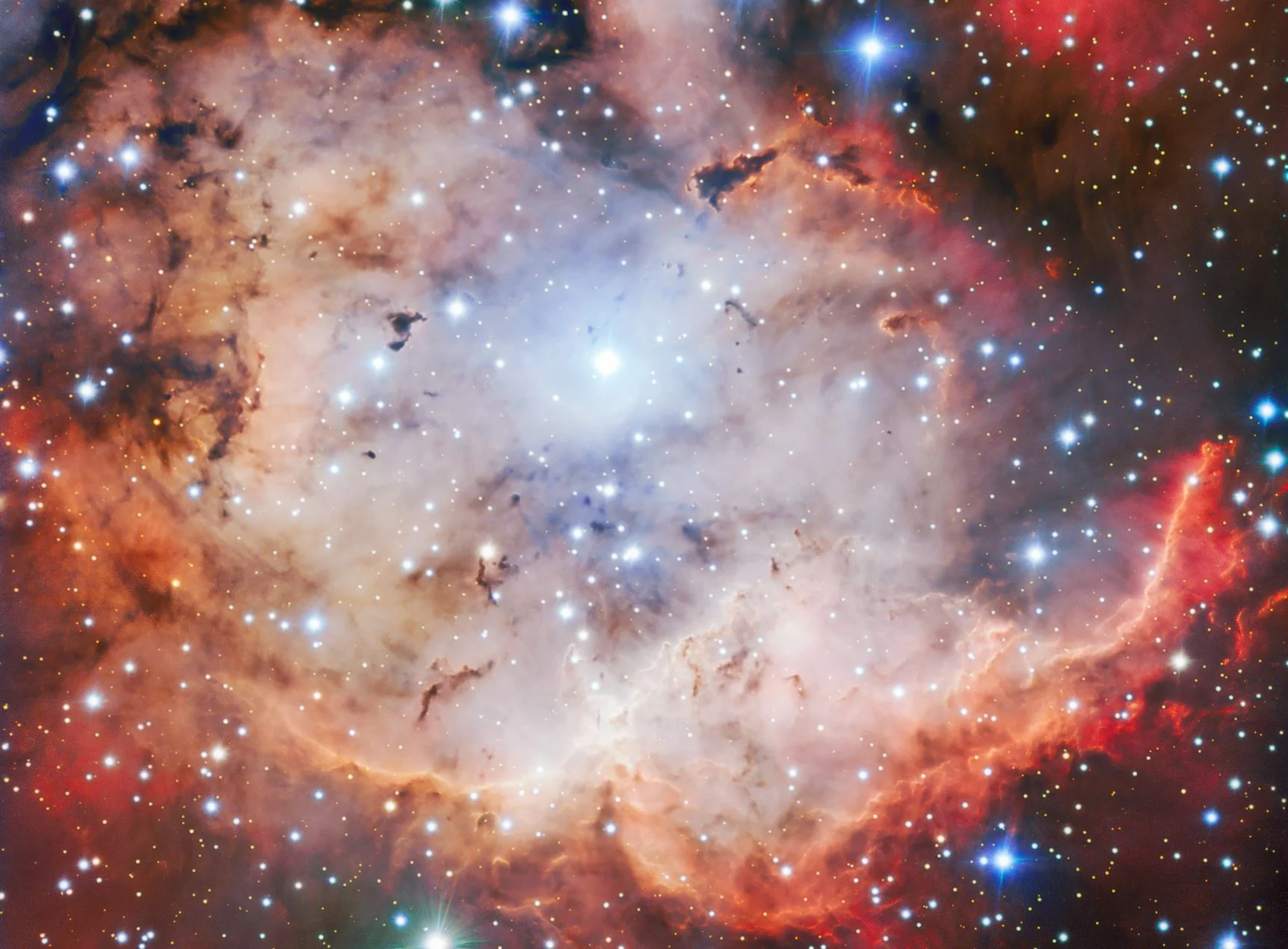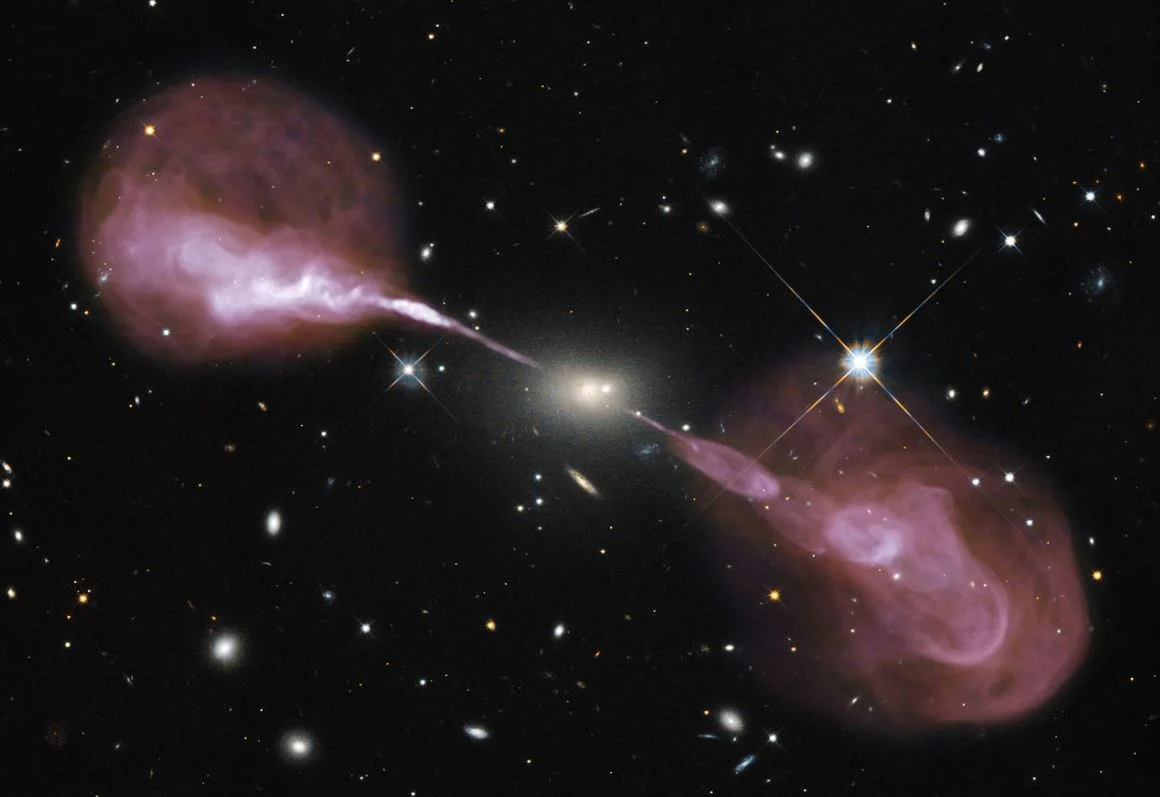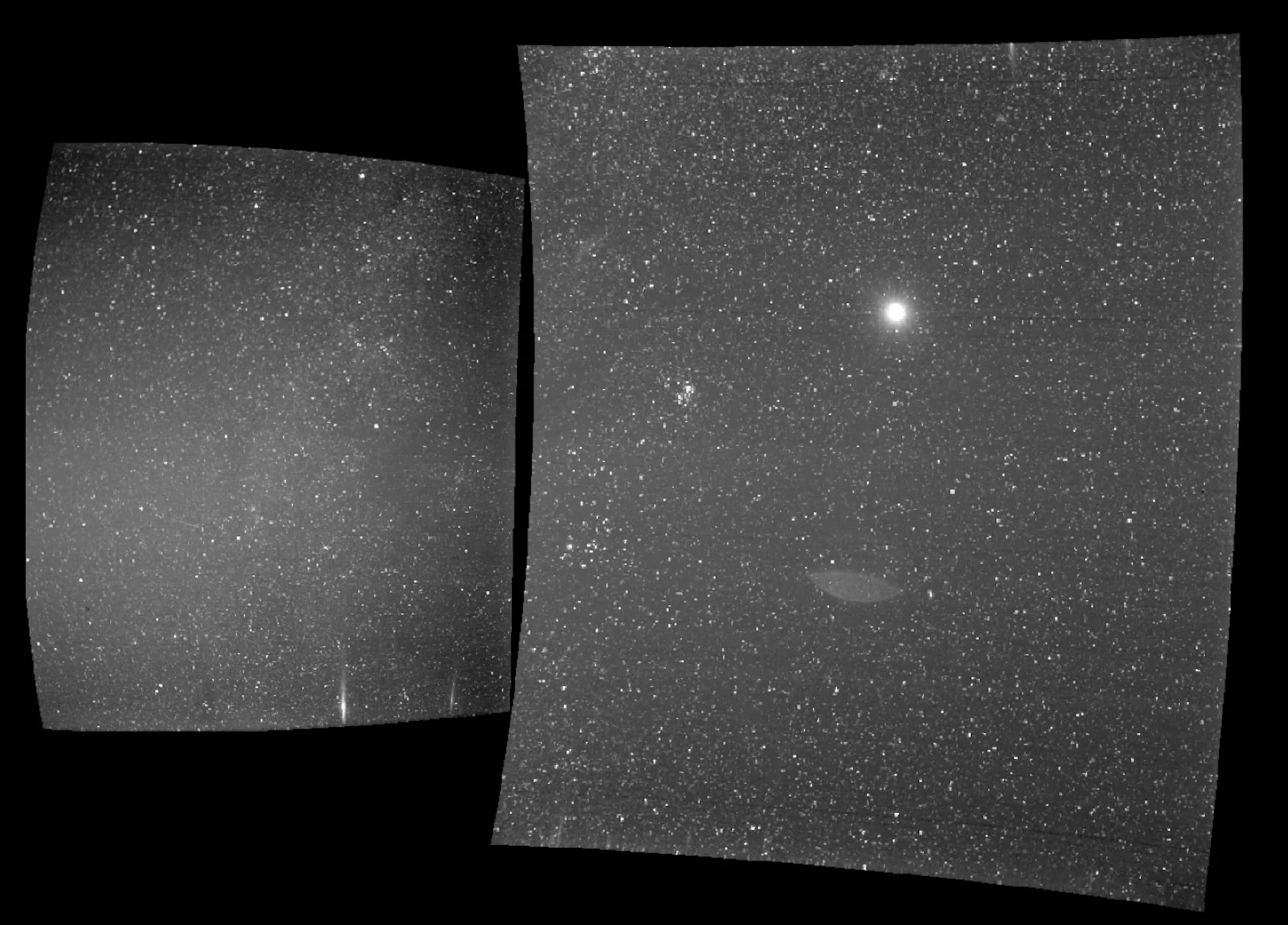Engineers and scientists gathered around a screen in an operations room at the Naval Research Laboratory in Washington, D.C., eager to lay their eyes on the first data from NASA’s STEREO spacecraft
NASA Seeks Information for Gateway Cargo Delivery Services
NASA will lead the development of the Gateway, a permanent spaceship orbiting the Moon, to serve as a home base for human and robotic missions to the surface of the Moon and ultimately, Mars. The first orbiting lunar laboratory will be a temporary home and office for astronauts for up to three months at a time, with cargo deliveries likely scheduled when crew are not present.
The Mars InSight Landing Site Is Just Plain Perfect
No doubt about it, NASA explores some of the most awe-inspiring locations in our solar system and beyond. Once seen, who can forget the majesty of astronaut Jim Irwin standing before the stark beauty of the Moon's Hadley Apennine mountain range, of the Hubble Space Telescope's gorgeous "Pillars of Creation" or Cassini's magnificent mosaic of Saturn?
Most Detailed Observations of Material Orbiting close to a Black Hole
ESO’s exquisitely sensitive GRAVITY instrument has added further evidence to the long-standing assumption that a supermassive black hole lurks in the centre of the Milky Way. New observations show clumps of gas swirling around at about 30% of the speed of light on a circular orbit just outside its event horizon — the first time material has been observed orbiting close to the point of no return, and the most detailed observations yet of material orbiting this close to a black hole.
Yes! Hubble is Back in Operation
Since it was first launched into space in 1990, the Hubble Space Telescope has become something of a household name. Over the course of its almost thirty years of service, Hubble has established a reputation as one of NASA’s Great Observatories, giving astronomers the ability to look farther into the cosmic field than ever before and learn new and fascinating things about our Universe.
Hubble Reveals a Giant Cosmic 'Bat Shadow'
Shadows on Earth can be mysterious and foreboding, but when they occur in space, they can convey information we otherwise could not know. In a stellar nursery called the Serpens Nebula, nearly 1,300 light-years away, a young star's game of shadow play is revealing secrets of its unseen planet-forming disk. The near-infrared vision of NASA's Hubble Space Telescope captured the shadow cast by the fledgling star's brilliant light being blocked by this disk.
The search for the source of a mysterious fast radio burst comes relatively close to home
NASA Retires Kepler Space Telescope, Passes Planet-Hunting Torch
After nine years in deep space collecting data that indicate our sky to be filled with billions of hidden planets – more planets even than stars – NASA’s Kepler space telescope has run out of fuel needed for further science operations. NASA has decided to retire the spacecraft within its current, safe orbit, away from Earth. Kepler leaves a legacy of more than 2,600 planet discoveries from outside our solar system, many of which could be promising places for life.
Parker Solar Probe Breaks Record, Becomes Closest Spacecraft to Sun
Whoa. That’s the Milky Way, Bouncing off the Moon in Radio Waves
The universe wasn’t always such a well-lit place. It had its own Dark Ages, back in the days before stars and galaxies formed. One of the big questions in astronomy concerns how stars and galaxies shaped the very early days of the Universe. The problem is, there’s no visible light travelling through the Universe from this time period.
Third ASPIRE Test Confirms Mars 2020 Parachute a Go
Has a New Dwarf Galaxy Been Found Hiding Behind Andromeda?
One of the greatest challenges of astronomy is locating objects in space that are obscured by the light of nearby, brighter objects. In addition to making extra-solar planets very difficult to directly image, this problem also intrudes on surveys of the local Universe, where astronomers are unable to detect dwarf and isolated galaxies because of all the brighter ones surrounding them.
Gravitational waves were only recently observed, and now astronomers are already thinking of ways to use them: like accurately measuring the expansion rate of the Universe
Rocky? Habitable? Sizing up a Galaxy of Planets
The planets so far discovered across the Milky Way are a motley, teeming multitude: hot Jupiters, gas giants, small, rocky worlds and mysterious planets larger than Earth and smaller than Neptune. As we prepare to add many thousands more to the thousands found already, the search goes on for evidence of life – and for a world something like our own.
The Pirate of the Southern Skies
FORS2, an instrument mounted on ESO’s Very Large Telescope, has observed the active star-forming region NGC 2467 — sometimes referred to as the Skull and Crossbones Nebula. The image was captured as part of the ESO Cosmic Gems Programme, which makes use of the rare occasions when observing conditions are not suitable for gathering scientific data. Instead of sitting idle, the ESO Cosmic Gems Programme allows ESO’s telescopes to be used to capture visually stunning images of the southern skies.
It Could be Possible to Transfer Data Through Gravitational Waves
On February 11th, 2016, scientists at the Laser Interferometer Gravitational-wave Observatory (LIGO) made history when they announced the first detection of gravitational waves. Originally predicted made by Einstein’s Theory of General Relativity a century prior, these waves are essentially ripples in space-time that are formed by major astronomical events – such as the merger of a binary black hole pair.
We’ve spotted signs of mergers that may finally help us prove that supermassive black holes exist
Newborn Stars Blow Bubbles in the Cat's Paw Nebula
This image from NASA's Spitzer Space Telescope shows the Cat's Paw Nebula, so named for the large, round features that create the impression of a feline footprint. The nebula is a star-forming region in the Milky Way galaxy, located in the constellation Scorpius. Estimates of its distance from Earth range from about 4,200 to about 5,500 light-years.

